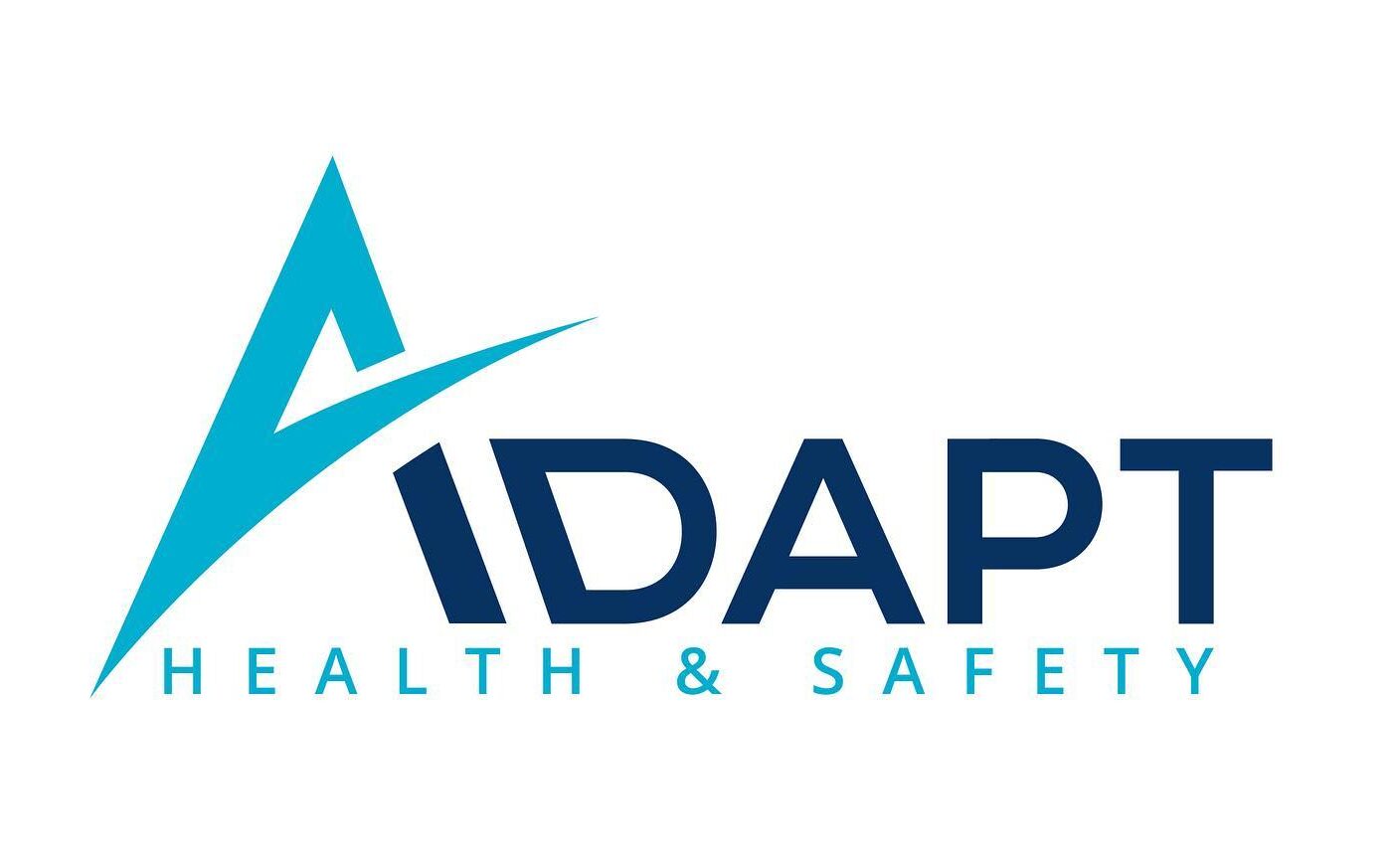The Client?
CDM defines a client as anyone who a construction project is being completed for. Clients can be domestic or commercial. A commercial client refers to construction work being carried out for a business, for example, a school or property landlord. A domestic client refers to the completion of work for an individual not related to a business, for example, a family member.
Client’s Role?
The Client, Principal Designer and Principal Contractor are responsible for the management of Health and Safety during construction projects. These 3 individuals are referred to as Duty Holders. The main responsibility lies with the client in relation to how successfully a project is managed. However, they should be supported by the Principal Designer and Principal Contractor dependent on the stage of the project. It is important that the Client controls any risks to the Health and Safety of individuals concerned. The Principal Designer is involved in how the Health and Safety is managed during pre-construction, whilst the Principal Contractor is involved in the management during construction.
Pre-Construction Phase
It is the client’s role to ensure that before a construction project is carried out, it is well planned, resourced and managed.
It is important for the Client on a project to ensure that during planning, designing and constructing, appropriate arrangements are made to ensure Health and Safety of all individuals involved in the project. In addition, it is important to make appropriate arrangements which consider their welfare. All arrangements made should be suitable for the nature of the work being completed and allow for the completion of work free from any risks.
Management arrangements should:
- Describe how the Client ensures designers and contractors have the essential capabilities required by their work in relation to your selection and appointment
- Assign sufficient time and resources throughout each stage of the project
- Guarantee appropriate welfare facilities are in place for all individuals before any work starts
However, it is important to be aware that some projects are much more complex than others, so therefore may have more risks. This means that for these projects more management arrangements need to be made. These will need to cover:
- Expectations of the design team to guarantee they consider health and safety risks for the whole project, from construction to use and maintenance after completion
- Arrangements for obtaining the individuals involved in the design and construction of the project, for example, ensuring qualifications, training and experience is appropriate for the project
- Arrangements for tracking performance of those involved in the design and construction process, ensuring that all individuals are meeting targets and legal requirements are being met. These usually involve meeting with the Principal Designer and Principal Contractor.
The client has an important duty to appoint a Principal Designer and Principal Contractor in writing, as if not then this duty falls to the client. It is important to ensure that the individuals you chose to hold these roles are qualified to do the job. This means ensuring they have experience and training, are aware of their roles and responsibilities and have access to all essential information.
As the client, you need to make sure you have the selected the correct person by for example, asking for evidence from previous jobs or using individuals who you are aware have been assessed by Health and Safety boards, for example.
It is important to be aware of any legal requirements when completing a construction project. For example, if a project is to last longer than 500 days or last longer than 30 days, with more than 20 workers working at one time you must inform the HSE of your project (F10).
You should have regular meetings with your Principal Designer to ensure that they are carrying out their roles and responsibilities for a successful pre-construction phase. It may be useful to produce a pre-construction client checklist in order to help you understand your role and your responsibilities.
The role of the Client in any construction project is vital to the Health and Safety of all involved. Having access to competent impartial advice will take the pressure of the client and ensure legislative compliance.
Adapt Health & Safety are here able to help with all your CDM needs, including taking on the role of principal contract advisor or client advisor.
